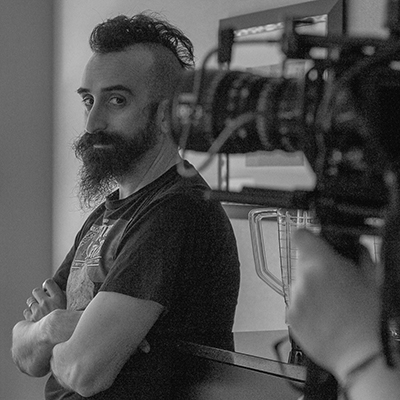

Michael J. Epstein shared their story and experiences with us recently and you can find our conversation below.
Good morning Michael J., we’re so happy to have you here with us and we’d love to explore your story and how you think about life and legacy and so much more. So let’s start with a question we often ask: What do the first 90 minutes of your day look like?
The first 90 minutes of my day are always ruled by the three bosses (our rescue chihuahuas, Rose, Grace, and Frankie). They’re small, but they run the house with an iron paw. So, I usually start by taking them outside for their morning constitutional, then feeding them, then inevitably taking them outside again because they’ve decided round one wasn’t sufficient. Once they’re satisfied and tucked into their routine of alternating between eating and and blanket-burrowing, I finally get to sit down, dig through the mountain of emails that accumulated overnight, and figure out what I actually need to accomplish for the day.
I love starting the day with the dogs because it is both rewarding to take care of tiny creatures who cannot care for themselves (and were once neglected and dumped in the shelter) and a humbling reminder of my place as I pick up their poop and try to reason with them to stop barking and charging at distant neighborhood dogs.
Rescuing chihuahuas has become one of the true joys of my life. They’re funny little creatures, equal parts fragile and fierce, and each one comes with a whole history that they carry in their tiny bodies. Giving them a safe place to land and a comfortable life after whatever hardships they’ve been through feels like one of the few unambiguously good things I can do with my time. Plus, there’s nothing quite like the ridiculousness of these six-pound “guard dogs” standing up to the world with absolute conviction. They remind me every morning that even the smallest beings can be the boldest, which, in its own way, is a pretty great lesson to carry into a day of filmmaking and writing.
Can you briefly introduce yourself and share what makes you or your brand unique?
I usually describe myself as an award-losing filmmaker, writer, musician, and semi-recovering scientist. I spent the first part of my life in academia studying how people hear, before realizing I was much more interested in how people scream in horror movies. So I left a tenured professorship behind and, with my partner Sophia Cacciola, started Launch Over, our production company focused on making what we call sociopolitical genre films. That means we use the fun, messy tools of horror, sci-fi, and exploitation cinema to explore identity, media, gender, and culture while still delivering monsters, blood, and hopefully a few laughs.
Our most recent project, The Once and Future Smash and its companion End Zone 2, is both a mockumentary about horror fandom and a “lost” slasher movie about a football-themed cannibal killer. It is part satire, part love letter, and part cautionary tale about chasing legacy. Before that, we made a vampire allegory (Blood of the Tribades), an internet-culture satire (Clickbait), a sci-fi minimalist film (MAGNETIC), and a feminist slasher (TEN).
Outside of film, I have written several books including a guide to crowdfunding and a statistics primer framed around the argument that Bigfoot does not exist. I also spent decades playing in bands, with features in SPIN and TIME and songs finding their way into Dance Dance Revolution and Rock Band.
Great, so let’s dive into your journey a bit more. What breaks the bonds between people—and what restores them?
What breaks the bonds between people, in my experience, is usually fear. Fear of being vulnerable, fear of not being understood, fear of letting someone see that we are really just a jumble of contradictions held together by coffee and anxiety. On a larger scale, we live in systems built on scarcity and competition, which push us to see others not as collaborators or companions but as obstacles or enemies.
What restores those bonds is the quiet, daily practice of empathy. Listening. Showing up. Caring about someone else’s needs even when there is nothing in it for us. I see it on film sets, where trust is the only thing that keeps a dozen people from collapsing into chaos while covered in fake blood. And I see it at home with our rescue chihuahuas, who arrive with every reason not to trust humans and who slowly learn, through patience and consistency, that they are safe. Nothing humbles you faster, or restores your faith in connection more completely, than a six-pound dog deciding you are worthy of love.
Art is also a kind of bond restoration. Even if I am telling the most ridiculous story about a football-themed cannibal slasher, what I am really saying is, “I feel this weird thing. Do you feel it too?” And if someone nods along in the dark of a theater, that is the bond right there, stitched back together with laughter, terror, or both.
Most of all, I try to remind myself that very few people are true obstacles or enemies. I love seeing my friends succeed, and I often feel the same rush of joy for their happiness that I do for my own successes. That kind of shared celebration might be the strongest bond of all.
If you could say one kind thing to your younger self, what would it be?
If I could say one kind thing to my younger self, it would be, “It is okay not to have everything figured out, and it is okay if the path you imagine for yourself turns out to be completely wrong.” When I was younger, I believed success meant following a straight line: get the right degrees, land the secure job, climb the expected ladders. And I did that. I became a tenured professor. And then I realized the life I had built did not actually match the life I wanted. Walking away and starting over in film and writing was terrifying, but it was also the best decision I ever made.
I would also tell my younger self that you are going to do a lot of things you cannot even imagine right now. You will write books, make movies, release records, and even have songs end up in video games you used to play. Some days those accomplishments will not feel like much because you are always chasing the next goal, but stop every once in a while to appreciate what you have done. Even the small victories count.
And, start rescuing chihuahuas earlier!
Alright, so if you are open to it, let’s explore some philosophical questions that touch on your values and worldview. Is the public version of you the real you?
The public version of me is real, but it is not the whole picture. When you put yourself and your work out into the world, you inevitably curate what people see. In interviews, on stage, or at screenings, I lean into humor, absurdity, and self-deprecation, because those are the parts of me that feel most natural in public. But that does not mean it is an act. It is not a character. It is just one part of who I am.
The private version of me is quieter and more anxious, and sometimes it questions whether any of this creative work matters at all. But the truth is that the two sides feed each other. The private doubts become the fuel for the art, and the art becomes the material for the public conversations. The public interactions then feed back into the private, because connecting with people gives me the courage to keep creating even when I feel uncertain.
So while people only ever see a portion of me, I try very hard to make sure that portion is true and authentic. For me, authenticity means letting the lines blur and allowing the private and public sides to shape each other rather than walling them off.
Okay, so before we go, let’s tackle one more area. How do you know when you’re out of your depth?
For me, the goal is to always be out of my depth. If I am working on something and feel completely comfortable, it probably means I am repeating myself or not pushing hard enough. The moments that excite me the most are the ones where I have no idea if I can actually pull something off. That is the thrill of making art.
Being out of your depth forces you to learn, to adapt, and to rely on the people around you. On a film set, I am constantly surrounded by people who know more than I do about their specific crafts, and that is exactly how it should be. If I walked onto a set feeling like the smartest or most capable person in the room, the project would almost certainly be worse for it.
Of course, there is a difference between being out of your depth in a way that pushes you to grow and being so far out that you are drowning. I try to embrace the former and avoid the latter. But as a guiding principle, I would much rather be in the deep end, flailing around and figuring it out, than standing safely on the shore. That sense of risk and uncertainty is what keeps the work alive.
Contact Info:
- Website: https://www.michaeljepstein.com/
- Instagram: https://www.instagram.com/michaeljepstein/
- Facebook: https://www.facebook.com/MichaelJEpstein/
- Youtube: https://www.youtube.com/@launchover
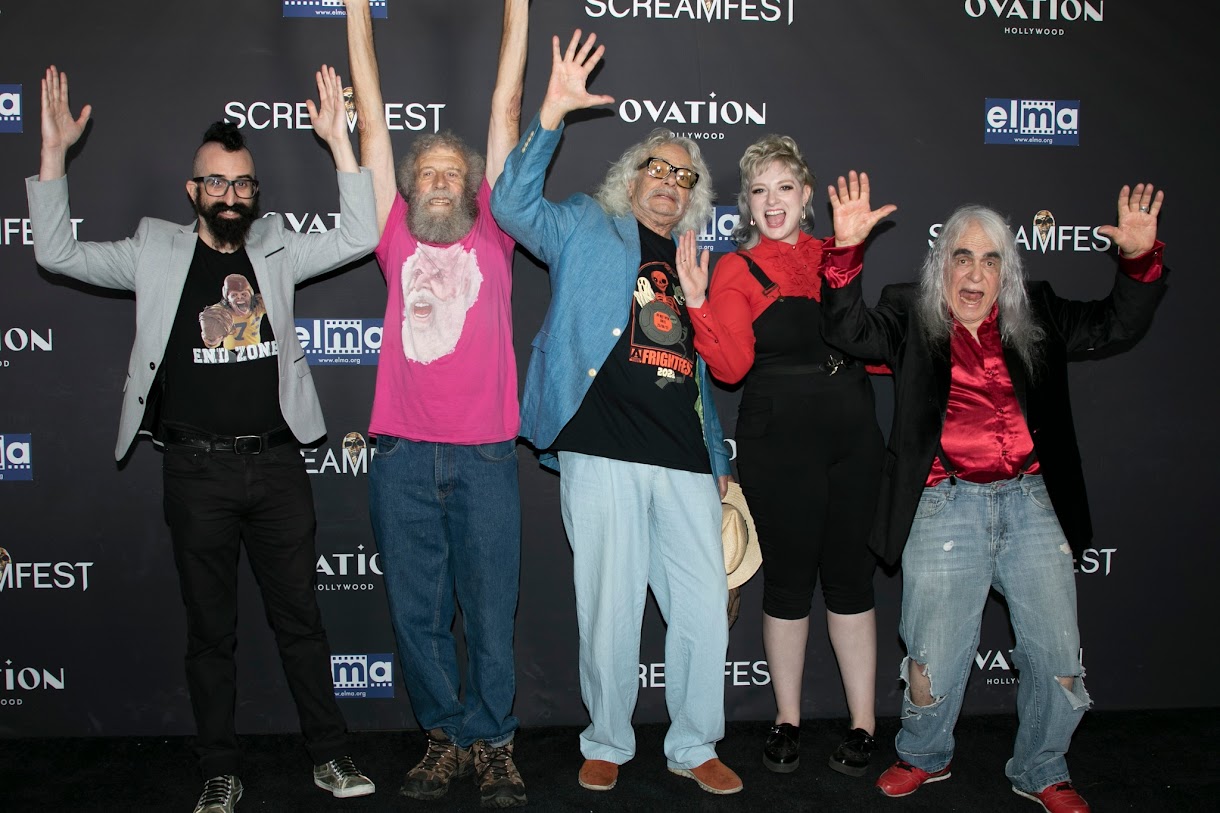
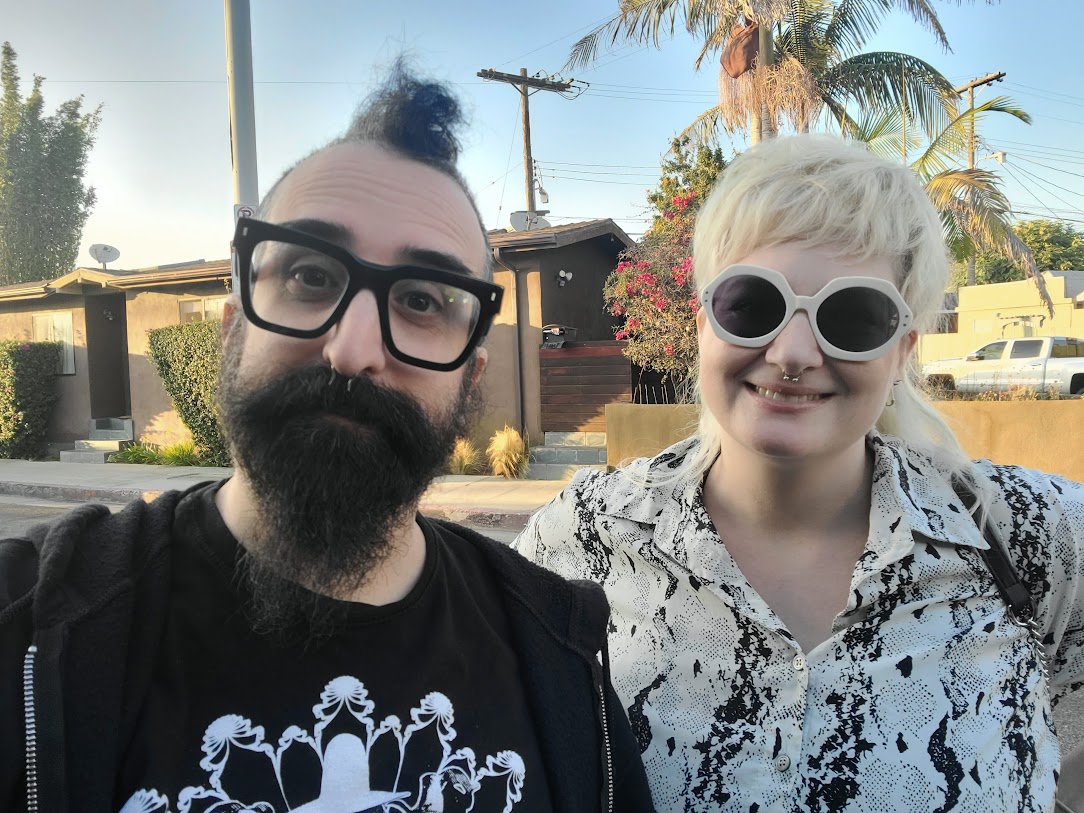
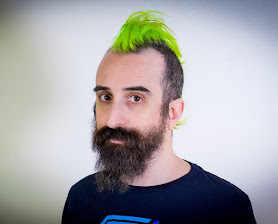
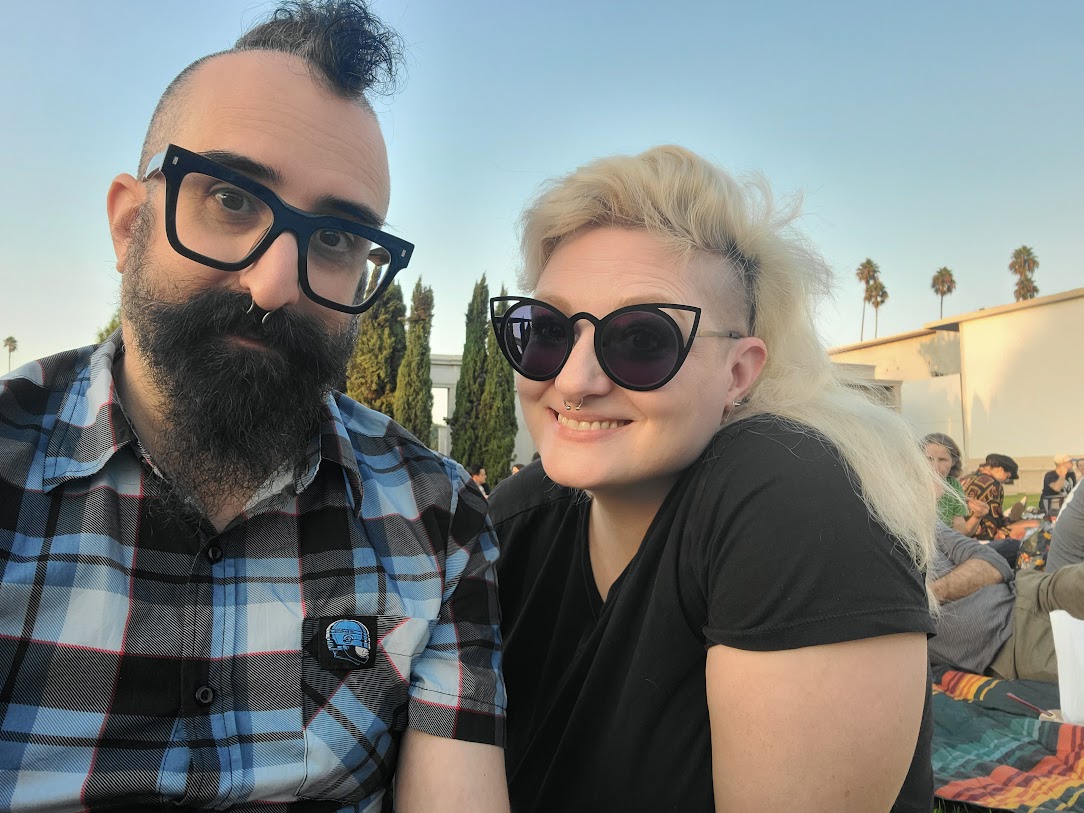
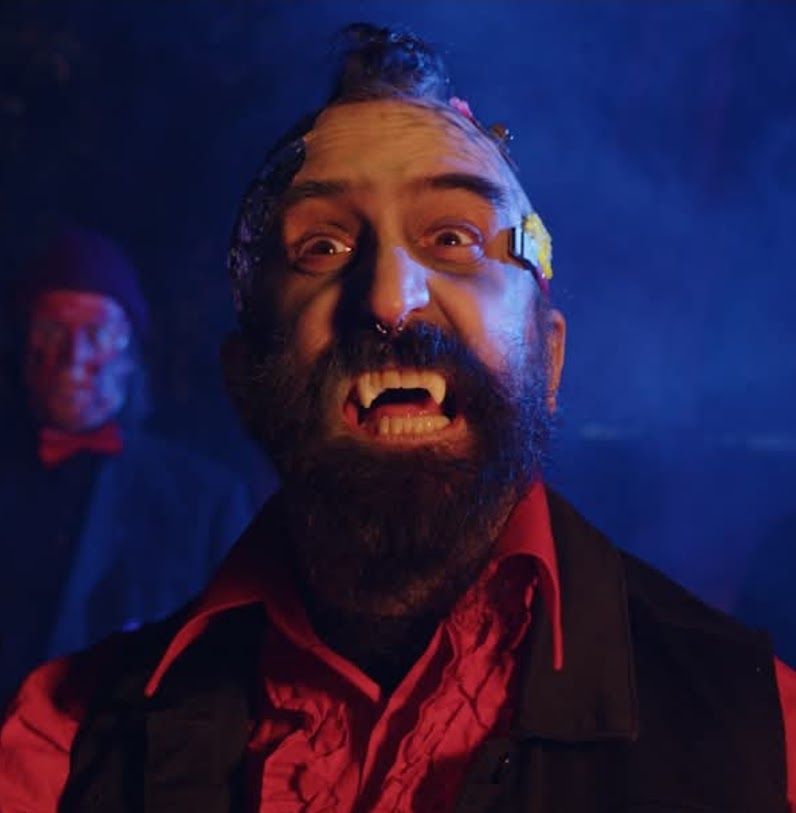
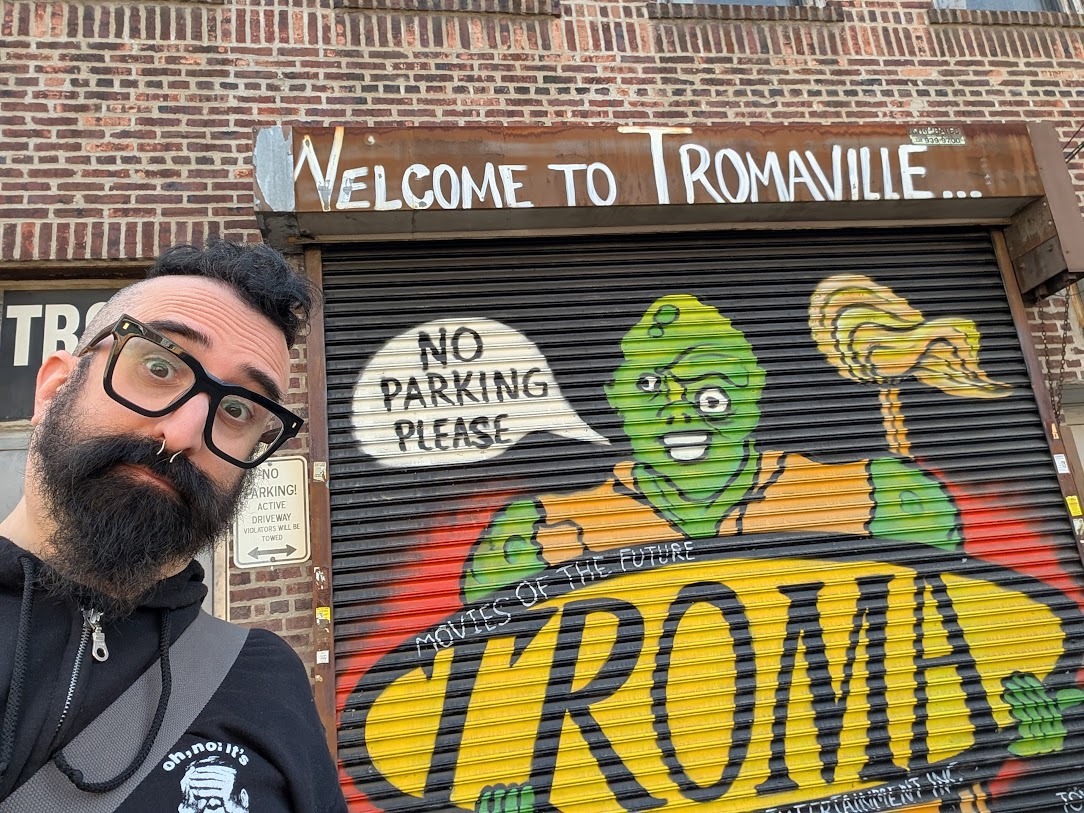
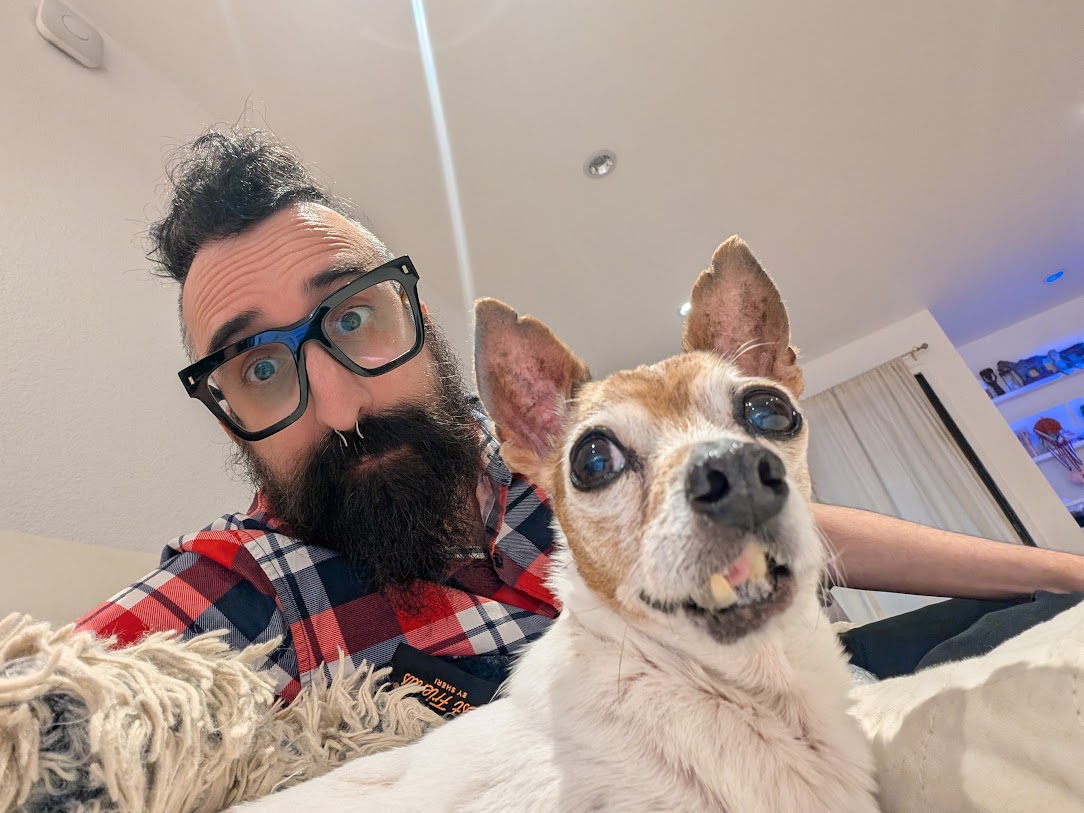
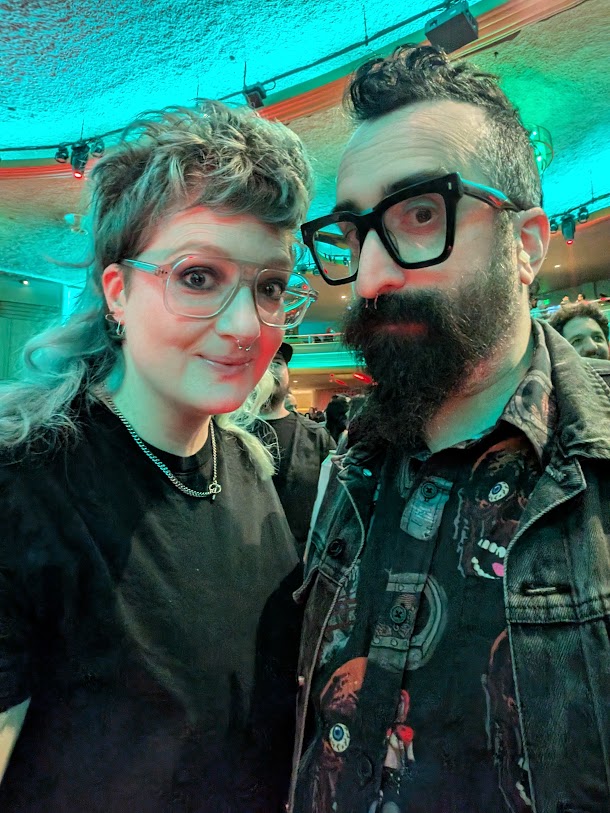
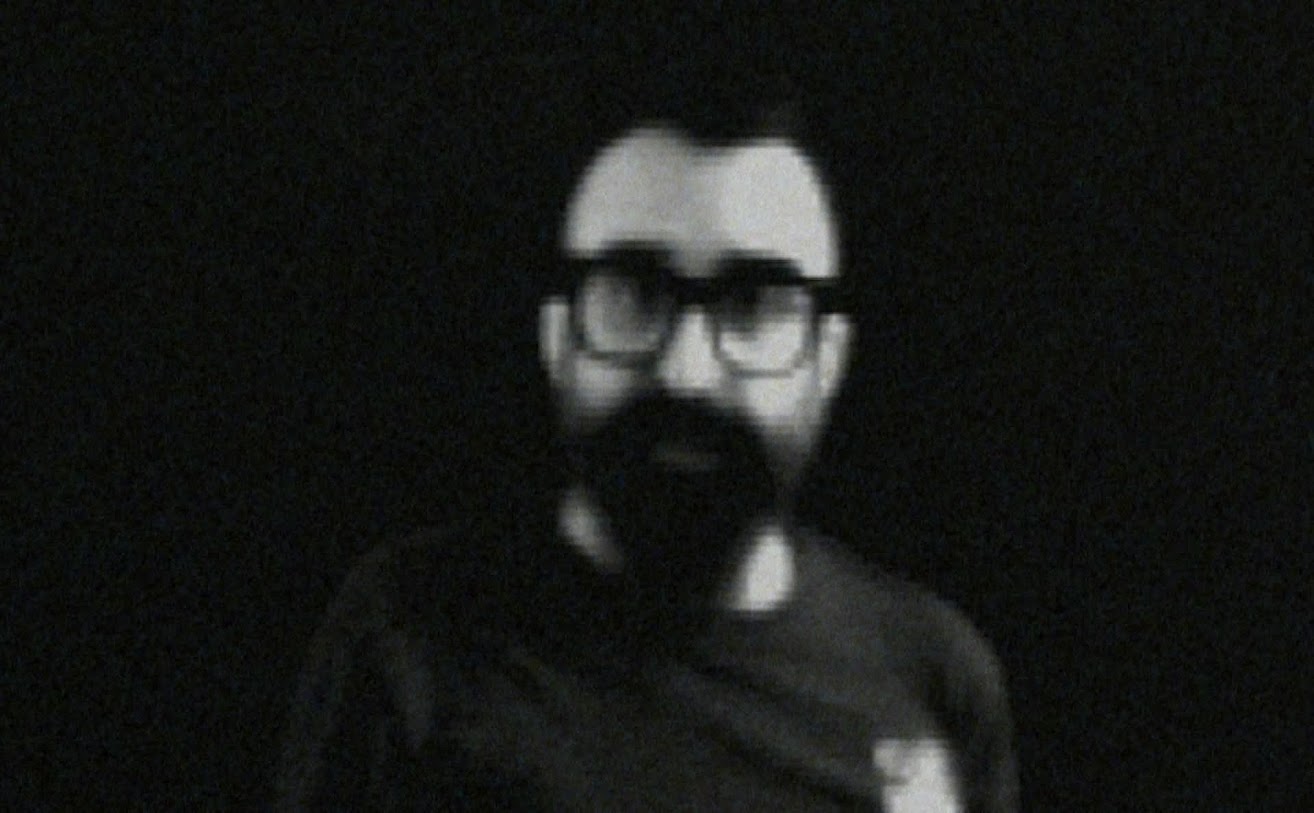
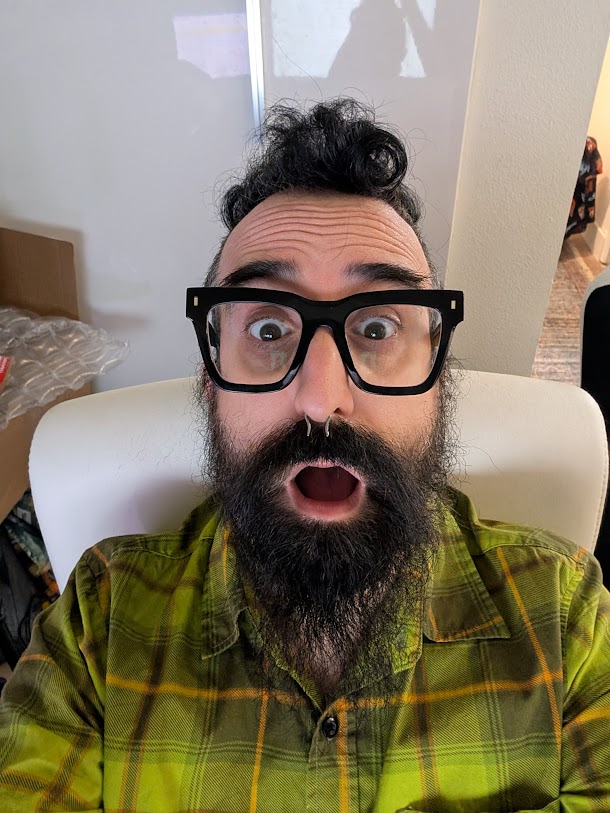
Image Credits
Group photo by Angelica Ulloa
Vampire photo from Bite School 2
Other photos selfies














